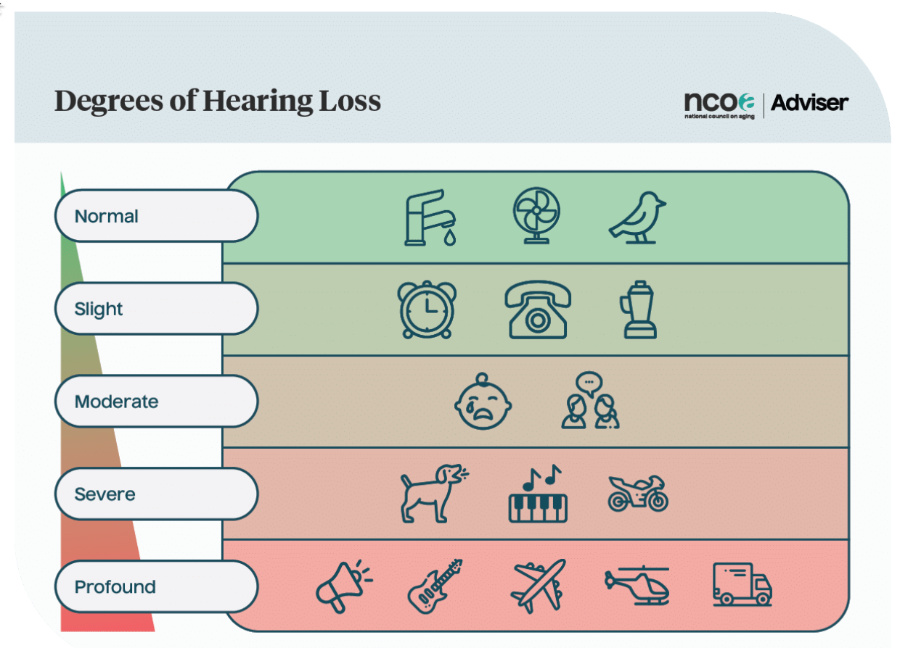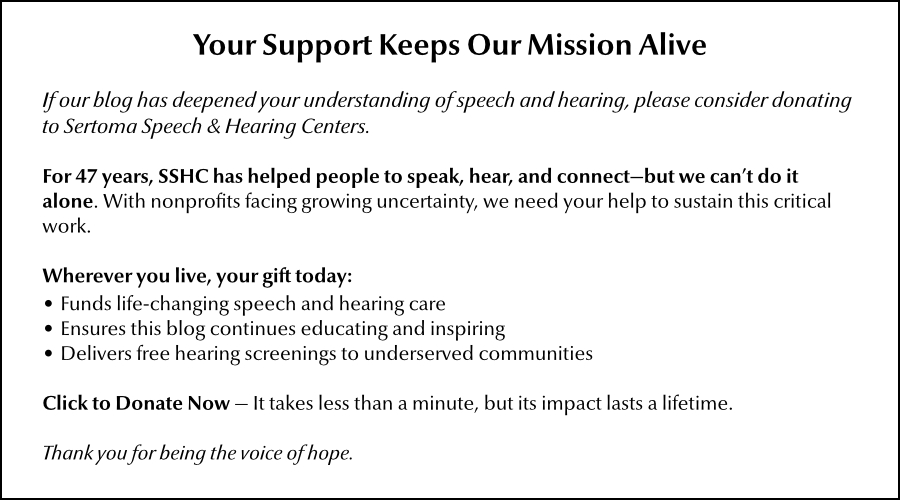Diabetes mellitus, a chronic metabolic disorder characterized by elevated blood sugar levels, has far-reaching health implications beyond traditional complications. One such critical and often overlooked impact is its significant relationship with hearing loss.
Why it matters
Globally, over 463 million adults live with diabetes, and research has revealed a startling connection: people with diabetes are twice as likely to experience hearing loss compared to non-diabetics. Even people with prediabetes face a 30% higher risk of hearing impairment than those with normal blood sugar levels.
This association is particularly pronounced in people aged 60 and younger, highlighting the importance of early awareness and intervention.
Mechanisms of Diabetes-Related Hearing Loss (DRHL)
DRHL impacts hearing through complex pathological mechanisms:
Vascular damage
-
High blood sugar levels can damage delicate small blood vessels in the inner ear
-
Reduced blood flow and oxygen supply compromise hearing function
-
Nerve Damage
-
Diabetes-induced neuropathy affects auditory nerve signal transmission
-
Both hyperglycemia and hypoglycemia can cause progressive nerve damage

Structural Changes Damage occur in multiple auditory system components:
- Damage to outer and inner hair cells
- Alterations in the stria vascularis and spiral ligament, two vital structures of the cochlea
Chronic inflammation Ongoing inflammation associated with diabetes contributes significantly to auditory deficits.
Clinical characteristics
- Sensorineural hearing loss (SNHL) is the most common type in DRHL
- Younger diabetic populations experience more pronounced high-frequency hearing loss
- Hearing loss progressively affects lower frequencies with age
Risk factors and comorbidities
The top risk factors are:
- Poor glycemic control (higher blood sugar levels correlate with increased hearing loss risk)
- Hypertension
- Smoking
- Longer diabetes duration

Prevention and management
While DRHL is not reversible, proactive measures can mitigate its progression:
- Maintain strict glycemic control
- Undergo annual hearing screenings
- Minimize exposure to loud noise
- Manage hypertension
- Avoid smoking
- Consider early hearing aid intervention
Conclusion
DRHL requires comprehensive, consistent management. By understanding the risks and comorbidities, people with DRHL can protect their hearing health and overall well-being.
Do you have questions about DRHL?
If you do, call us to schedule a consultation with an audiologist.
Crest Hill, IL - 630-633-5060 | Palos Hills, IL - 708-599-9500


